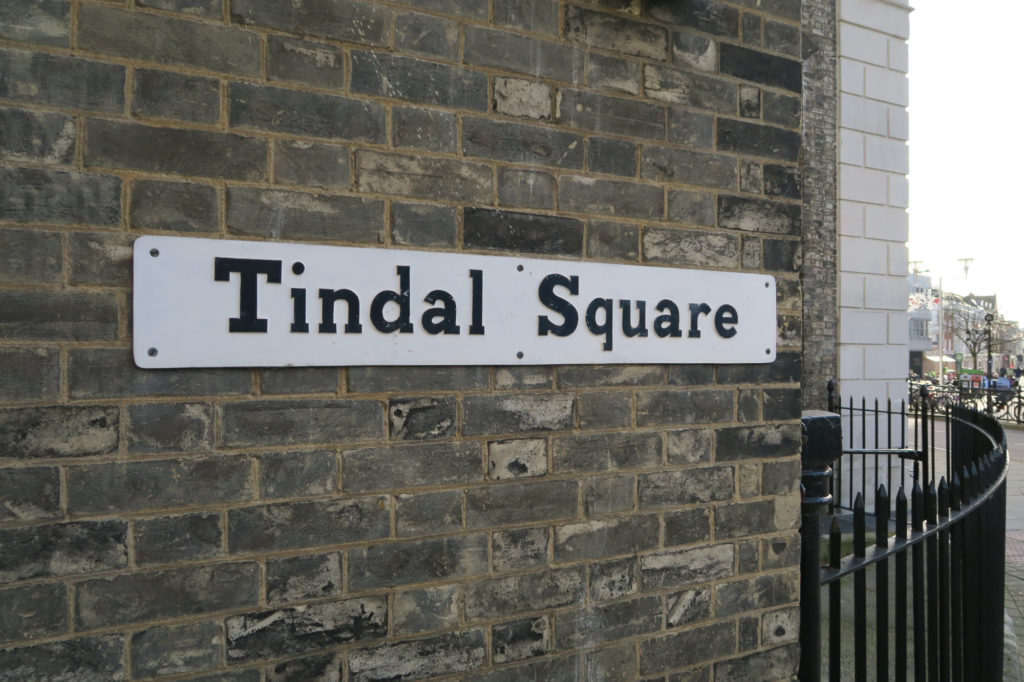Review of the Canon Powershot G5X
This entry was posted on November 13, 2015.
James Gilbert, from our Chelmsford Store, is becoming our resident reviewer and is known for taking a camera through its paces. We've sent James out with the New Canon Powershot G5X. He has explored the ins and outs of this new pro-level compact... He even managed to find some sunshine for the test drive.

The introduction of the Powershot G5x from Canon is their latest ‘Pro Compact’ designed to give photographers something small enough that they can carry around day-to-day whilst still giving them the ability to control the camera as they would their DSLR whilst giving decent performance. The Powershot G5x, whilst not a direct replacement, takes the place of the much-loved Powershot G16. On paper they are quote similar, but the Powershot G5x is a rethinking of Canon’s approach to the Pro Compact market and it has done a fantastic job.
The control layout on the Powershot G5x is what we’ve all come to expect from enthusiast cameras these days; an exposure compensation dial on the right side of the top plate, and a mode dial on the left side. The zoom is controlled by the ubiquitous rotating collar around the shutter release with the On/Off button just behind. There is a Hot Shoe, and a collar around the lens which those of us old enough to remember an Aperture Ring around a lens will find familiar. It’s here though that things start to change and we see a departure from the G16 and its earlier generations.
Whereas with the G16 previous models the viewfinder has been an optical viewfinder showing a separate view to that of the lens the Powershot G5x has an electronic viewfinder giving 100% coverage compared to the 80% of the G16; no more will you have to guess whether the windows on the architectural shot you’re taking are going to be equal on both sides of the image or wonder if that group shot of your friends has got everyone in it. Exact composition is now possible without seeing the lens at full zoom encroaching on the bottom right of the viewfinder (a side effect of Tunnel viewfinders).
The viewfinder at 2,360,000 pixels has the same resolution as the viewfinders found on the Olympus E-M10 and Fujifilm X-T1 Compact System Cameras and this is one of the signs that Canon have pulled out all of the stops when designing the G5x. The viewfinder is quick to refresh and when doing the panning test the viewfinder responded well enough that panning for events like motorsport wouldn’t be an issue. Canon have stayed with a three inch articulated screen on the back but have increased the resolution to 1,040,000 pixels compared with the 922,000 on the G16 which gives a nicer rendition of the photo you’ve just taken but also allows finer detail to be checked whilst in the field; something that will be an advantage when seeing just how well the new 1 inch sensor performs. An added feature is the rear screen is now a touch screen. Whilst this will be welcomed by many I’m pleased that the functions can still be controlled through the buttons, should that be preferred.
The button layout on the Powershot G5x has clearly been thought about and Canon have managed to make a camera that has all of the controls exactly where they feel natural but also have kept them out of the way when the photo is being taken; something that on such a relatively compact body is impressive. Anyone who has used a Canon before will find the controls to be second nature, and as they're so intuitive anyone who hasn't will soon have the hang of the camera.
With the camera in Manual mode the ring at the base of the lens controls the aperture and the control wheel on the front control the shutter speed. Because of the way the front control wheel is mounted vertically rather than horizontally (so it’s on the same plane as the aperture ring) it is possible to change the shutter speed with using your middle finger whilst your index finger stays on the shutter release which makes this one of the fastest cameras I’ve ever used in manual mode (it’s even quicker than my M2 which up until now was my personal benchmark). When using the camera in Aperture or Shutter Priority the camera is even easier to use, with the control wheels being able to be customised to how you would prefer.
The image quality of this cameras is, as expected, excellent. The 24-100mm f/1.8-2.8 lens is the same as we’ve come to know and love from the G7x giving excellent image quality all the way through, and delivering superb images from f/4 onwards. The low light performance of this camera is excellent too, with shots taken at ISO 3200 requiring only a little tweaking in post-production to match cameras with a far larger sensor. Similarly the dynamic range of the G5x is impressively good as is the colour rendition with the camera being able to handle mixed lighting types without too much difficulty. As always though shooting in Raw will give you the option to change the White Balance should the lighting be too different.
Focusing is fast and the camera doesn’t hunt even in poor light although some of that might be as a result of the exceptionally bright focus assist beam that Canon have fitted to the camera. The focus modes of the camera are relatively simple and that’s something that I preferred. The camera can be set to either Face Detection and Auto Area, or Single Point. In the face detection and auto area mode the camera was smart enough to work out what the subject of the photo was when shown a scene with multiple objects at varying distances through the scene.
Overall, this is an outstanding camera that deserves a place in any photographer’s camera bag. Canon have managed to somehow make a camera small enough to carry around day to day without sacrificing quality or ergonomics. For those times when a DSLR is not suitable or you just don’t want to carry all the gear this is the perfect camera for you. Well done Canon!













